Muscle cars have long been celebrated for their power and style, but some trims defy conventional expectations with their unusual features and aesthetics. These quirky variations often leave car enthusiasts puzzled and intrigued, offering a glimpse into the experimental side of automotive design.
The Unusual Aesthetics of Muscle Car Trims

One of the most striking ways muscle car trims have stood out is through their use of bright colors and bold patterns. These unconventional paint jobs often featured vibrant hues such as lime green, electric blue, and even wild patterns like flames or racing stripes. These visual choices were not just about making a statement; they were a strategic marketing move aimed at grabbing attention and creating buzz. However, this gamble could backfire by alienating traditionalists who preferred more subdued styling.
In addition to eye-catching colors, some muscle car trims were equipped with unique body modifications. Odd body kits, oversized spoilers, and exaggerated hood scoops were just some of the features that set these cars apart. While these modifications added a distinctive flair, they often had mixed effects on aerodynamics and performance. In some cases, the changes improved downforce and handling, while in others, they simply added drag, making the cars less efficient on the road.
Rare Features and Gadgets
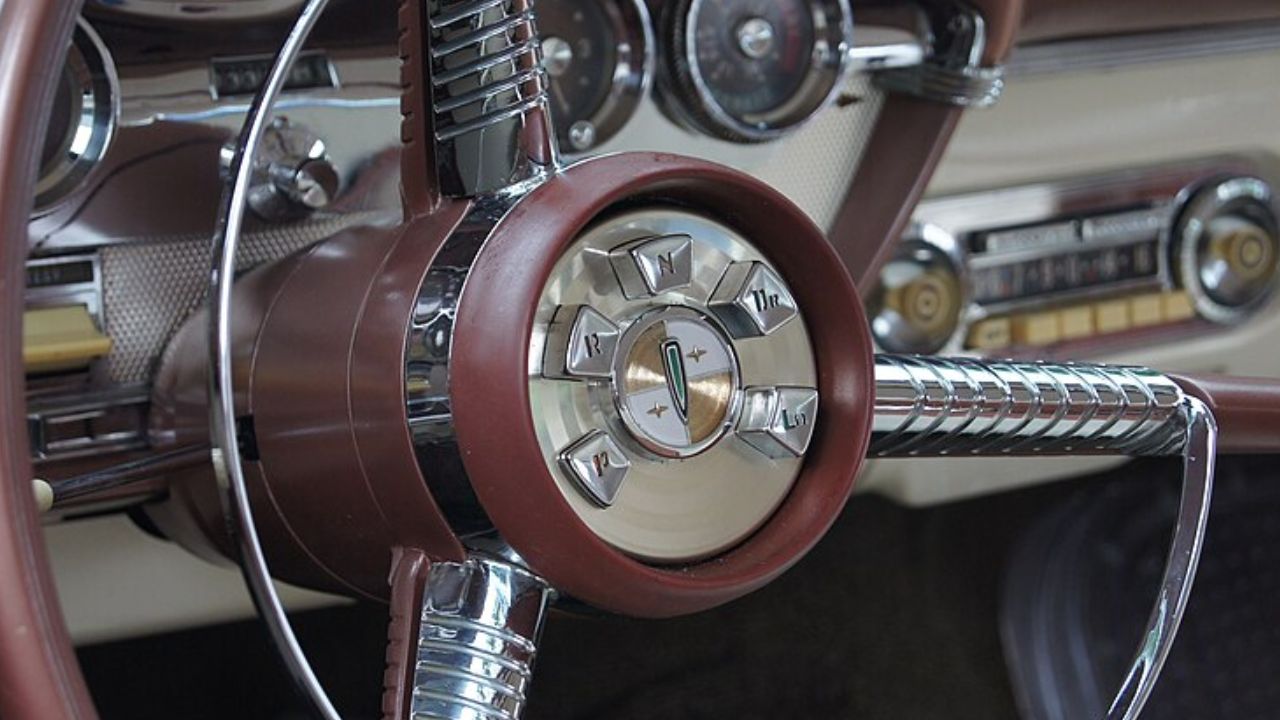
Inside the cabin, muscle car trims could be just as bizarre as their exteriors. Some models boasted bizarre interior designs with unusual color schemes, quirky dashboard layouts, and even eccentric upholstery choices. For example, the 1970s saw a trend of shag carpeting and bold upholstery patterns that were as much a product of their time as they were an attempt to stand out. While these choices added character, they often raised questions about their practicality and longevity.
Beyond aesthetics, some trims introduced innovative but odd technology that left a lasting impression. Features like push-button transmissions, swiveling seats, and elaborate sound systems were both a nod to futuristic aspirations and a gamble on consumer interest. The success of these innovations varied, with some gaining a cult following while others quickly faded into obscurity, highlighting the risks involved in pushing the envelope.
The Role of Marketing in Creating Weird Trims

Marketing played a crucial role in the creation and success of these unusual trims. Manufacturers often targeted niche markets by developing trims that appealed to specific demographics. Whether it was young buyers looking for a flashy ride or enthusiasts seeking something unique, these trims were designed to tap into particular consumer desires. The effectiveness of these strategies varied, with some trims becoming iconic while others struggled to find an audience.
Limited editions and collectibility also played into the allure of certain muscle car trims. By producing only a small number of units, manufacturers created a sense of rarity and exclusivity that intrigued collectors. This approach not only boosted initial sales but also enhanced the long-term value of these vehicles in the collector market. The impact of rarity on collectibility cannot be underestimated, as it often transforms these quirky trims into sought-after treasures.
The Legacy of Weird Muscle Car Trims

The cultural impact of these unusual muscle car trims is undeniable. Over the years, they have shaped car culture and influenced public perception, often becoming symbols of a specific era or trend. Some trims have even achieved cult status among enthusiasts, celebrated for their boldness and willingness to break the mold. This popularity has helped keep the spirit of innovation alive in the automotive industry, inspiring modern manufacturers to take risks and embrace unconventional designs.
For contemporary car manufacturers, there are valuable lessons to be learned from the successes and failures of past trims. Understanding the balance between innovation and consumer acceptance is crucial for future designs. As the industry continues to evolve, there is potential for new muscle cars to incorporate quirky, unconventional features while still appealing to a broad audience. Manufacturers must tread carefully, ensuring that their experiments enhance rather than detract from the overall driving experience.
Notable Examples of Weird Muscle Car Trims

The Pontiac GTO Judge is a prime example of a muscle car trim that stood out for its distinctive features and peculiar reputation. Launched in 1969, the GTO Judge featured a flamboyant color palette, unique decals, and a powerful engine that captivated enthusiasts. Its aggressive marketing campaign, complete with the slogan “The Judge can be bought,” played on its rebellious image and helped cement its place in automotive history. The GTO Judge’s impact on the market was significant, influencing future muscle car designs and leaving a lasting legacy in the community.
Another noteworthy example is the Ford Mustang King Cobra. Released in 1978, this trim was distinguished by its bold graphics, distinctive hood scoop, and unique front fascia. The King Cobra was an attempt by Ford to revive the Mustang’s performance image during a time of declining power outputs due to stricter emissions regulations. While its reception was mixed, the King Cobra’s daring design and limited production run have made it a collectible piece of Mustang history. Its influence can be seen in subsequent Mustang designs, which continued to push the envelope in terms of style and performance.
Like Fast Lane Only’s content? Be sure to follow us.
Here’s more from us:
*Created with AI assistance and editor review.

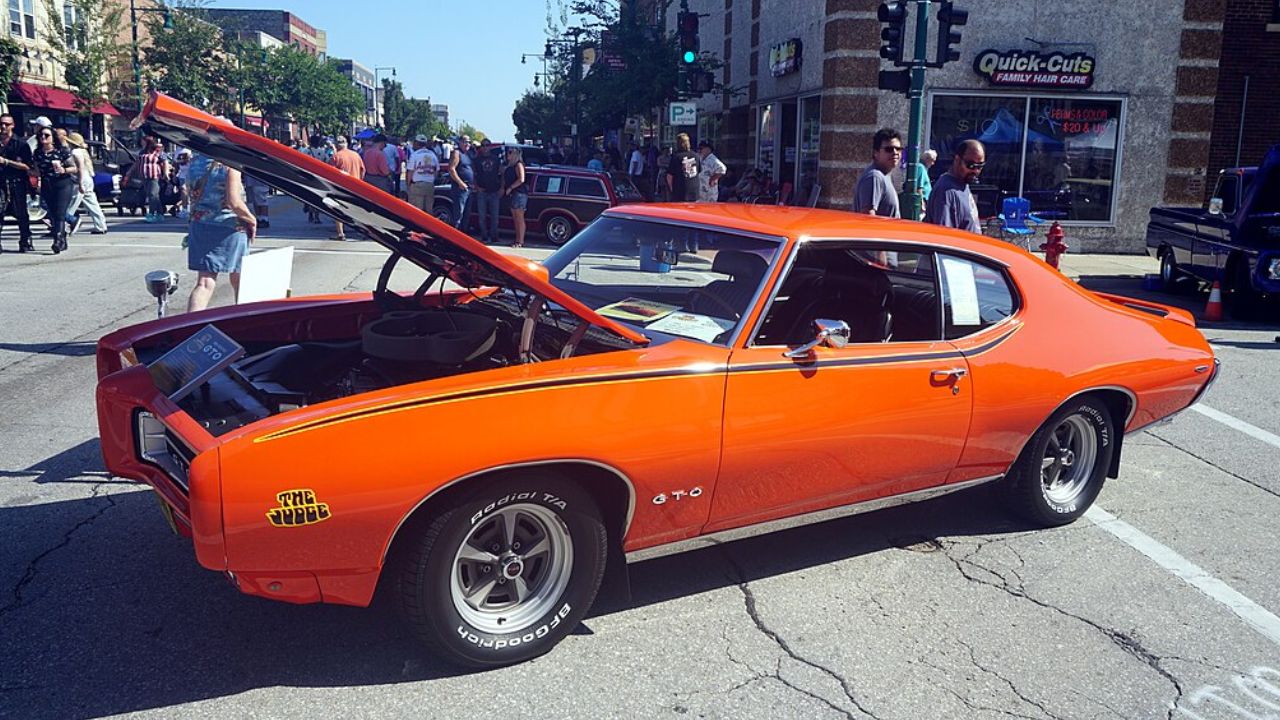
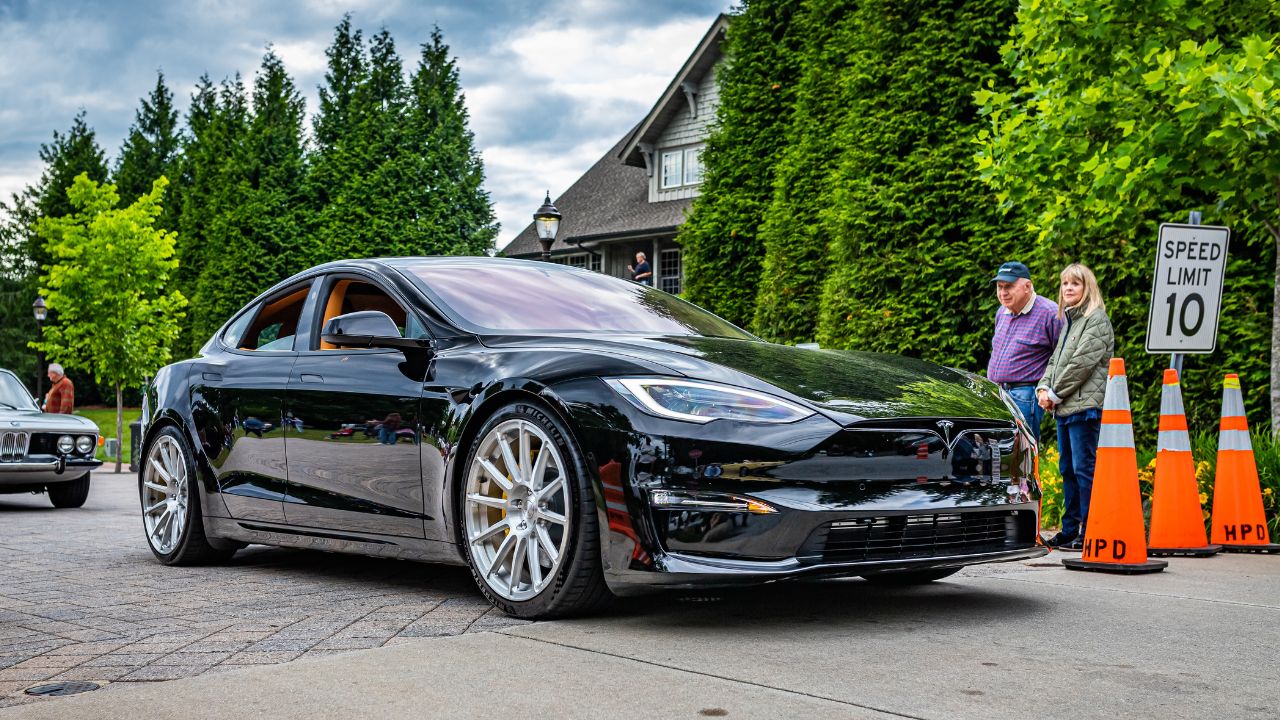
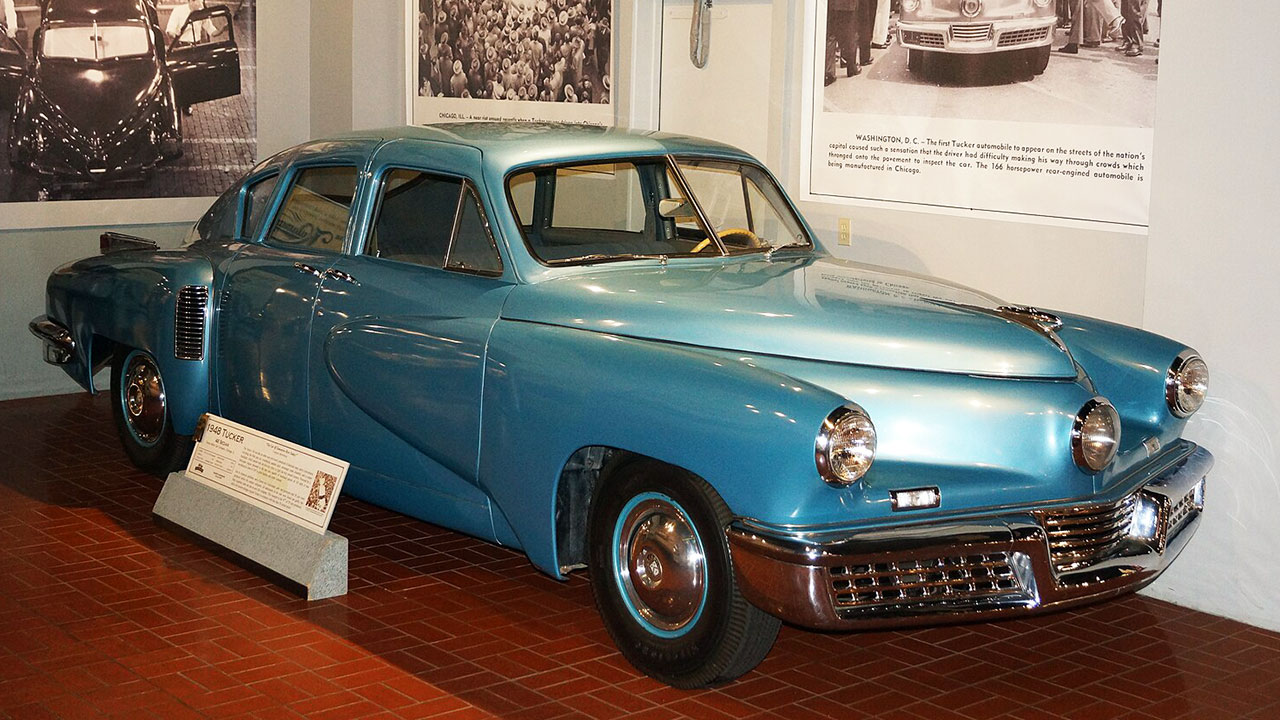

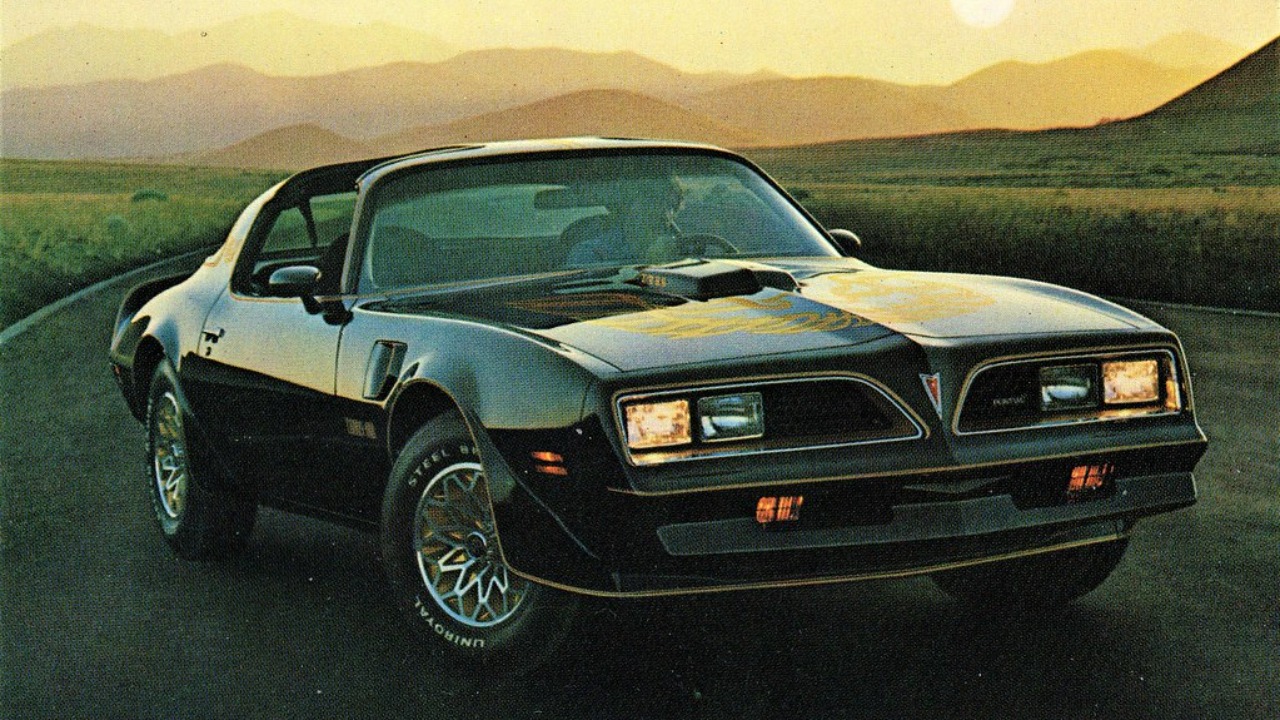
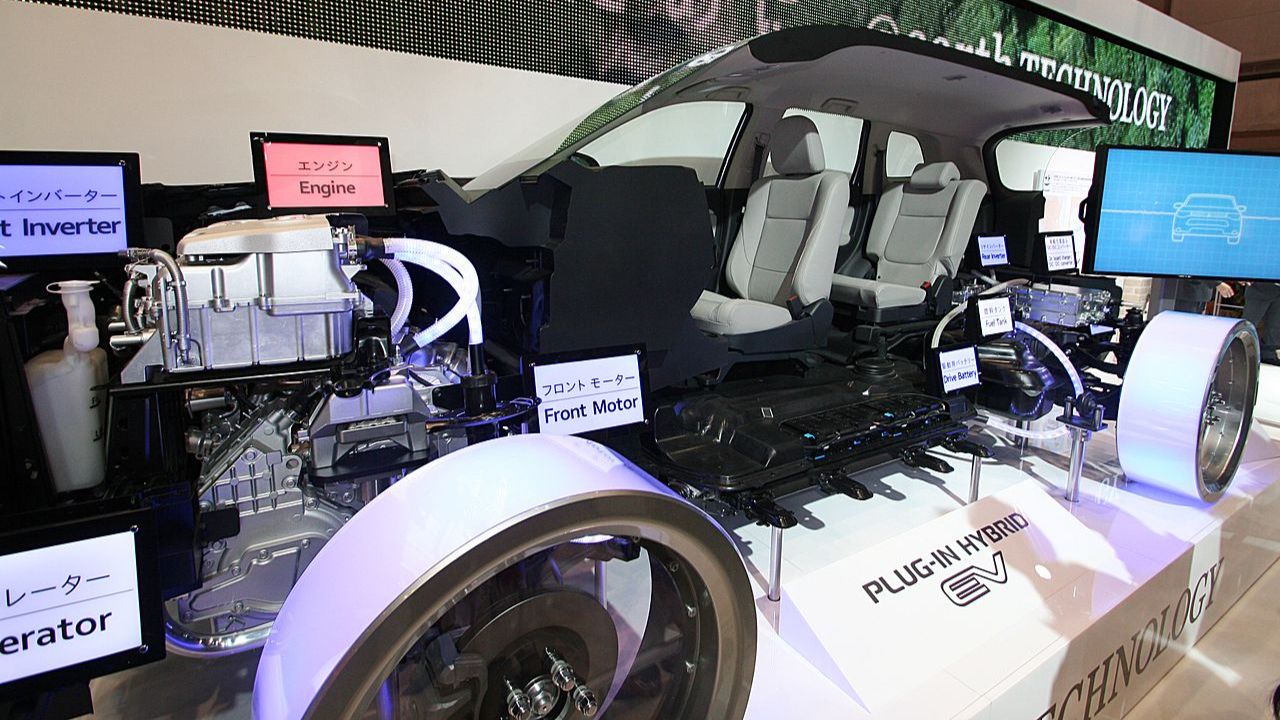
Leave a Reply